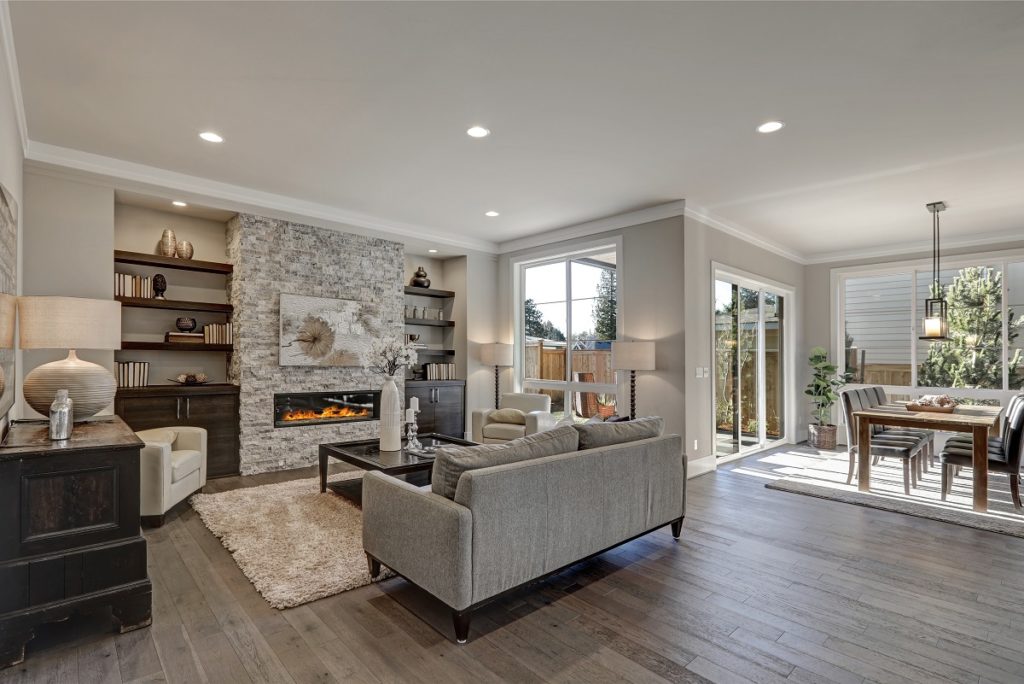In uninsulated homes, you will often see animals basking on the roofs. This is because they want to take advantage of the temperature levels here. Without proper insulation, approximately a quarter of your indoor temperature could be lost through the roof. As such, the insulation of your attic, roof space, or loft is an essential element in energy-saving and comfortable interiors. The correct insulation can even reduce your property’s carbon footprint and increase its overall value.
Choosing the right material for the insulated roofing of your Brisbane property is only half the battle in getting the benefits of insulation. You should also consider the use of your loft and any challenges it presents in insulation installation when picking the insulation. The following are guidelines to ease your choice of insulation installation in different lofts.
Storage Space Lofts
If your loft is meant for extra storage space, the boards of your attic should be laid over the joists. Unfortunately, when you insulate only between the beams, then you have insufficient insulation since the material will not be thick enough. To guarantee optimal insulation, an installer might recommend raising your floor’s level. In so doing, you will fit enough insulation material below the raised floor. Boards are then carefully fitted on top of the insulation material to avoid squashing it. It is essential to have a ventilated air opening between the boards and the insulation to prevent condensate accumulation on the boards’ undersides.
Warm Lofts
In these types of lofts, the insulation material is installed over and between the roof rafters. For a warm loft, you can settle for rigid or foam insulation. With this installation approach, the roof will be warmer than in average attics, thus averting the risk of frozen pipes and tanks. Moreover, you can choose to board the loft’s floor for extra space without raising it for additional depth. Warm loft insulation is nonetheless quite costly and also calls for the insulation of chimneys and gable walls for it to be effective.

Room-In Lofts
These types are used for living spaces. In this case, all the ceilings and walls between your heated attic and unheated spaces should be insulated. Flat ceilings can be insulated like standard lofts while sloping roofs are insulated like warm lofts but with plasterboard inside the insulation. It would help if you also insulated the sections around high-performance glazed dormer windows to guarantee the comfort of your room-in loft.
Flat Roof Lofts
These should ideally be insulated from the top. A ridged insulation board is installed on top of your roof’s weatherproofing layer or the wooden roof surface with a weatherproof layer on the insulation. As such, flat roof lofts are ideally insulated when replacing the roof or during its installation. Though you can also insulate flat roofs from their undersides, this often leads to condensation issues.
Most people only think of these loft insulation tips when approaching winter. They assume that insulation is only meant to trap the heat in their interiors. Even so, insulation also traps cold to keep your interiors sufficiently cool in summer. As such, loft insulation is an all-year-round project.









